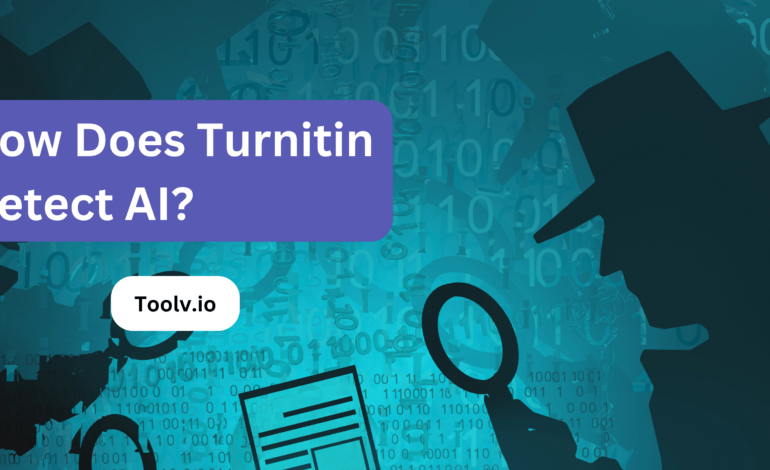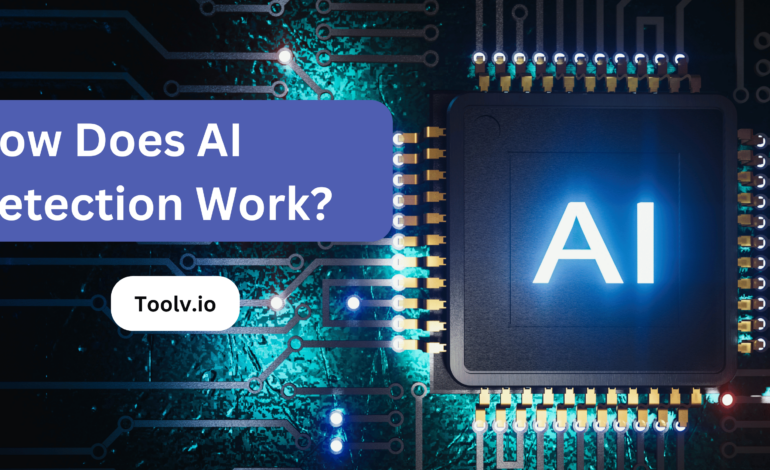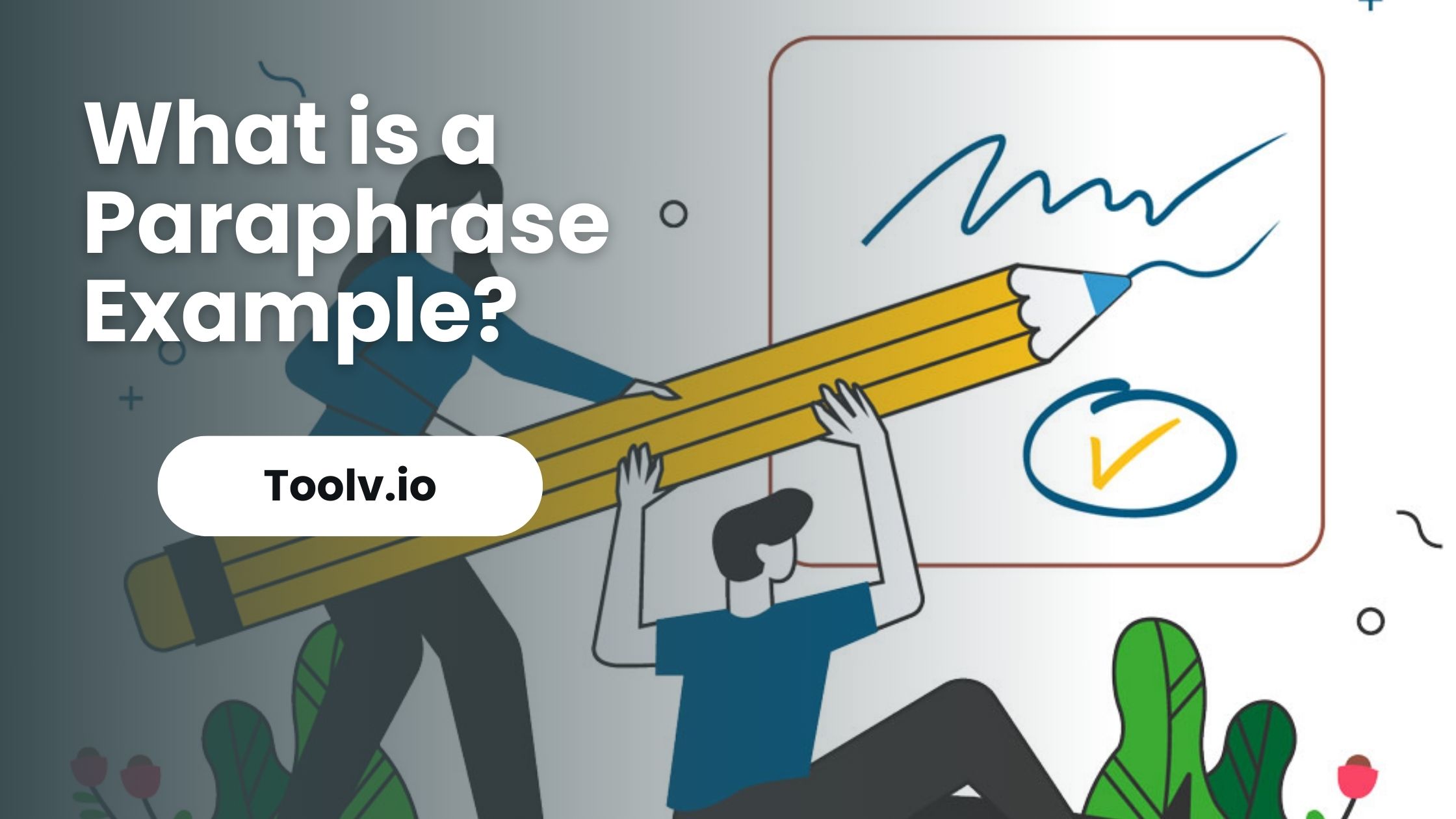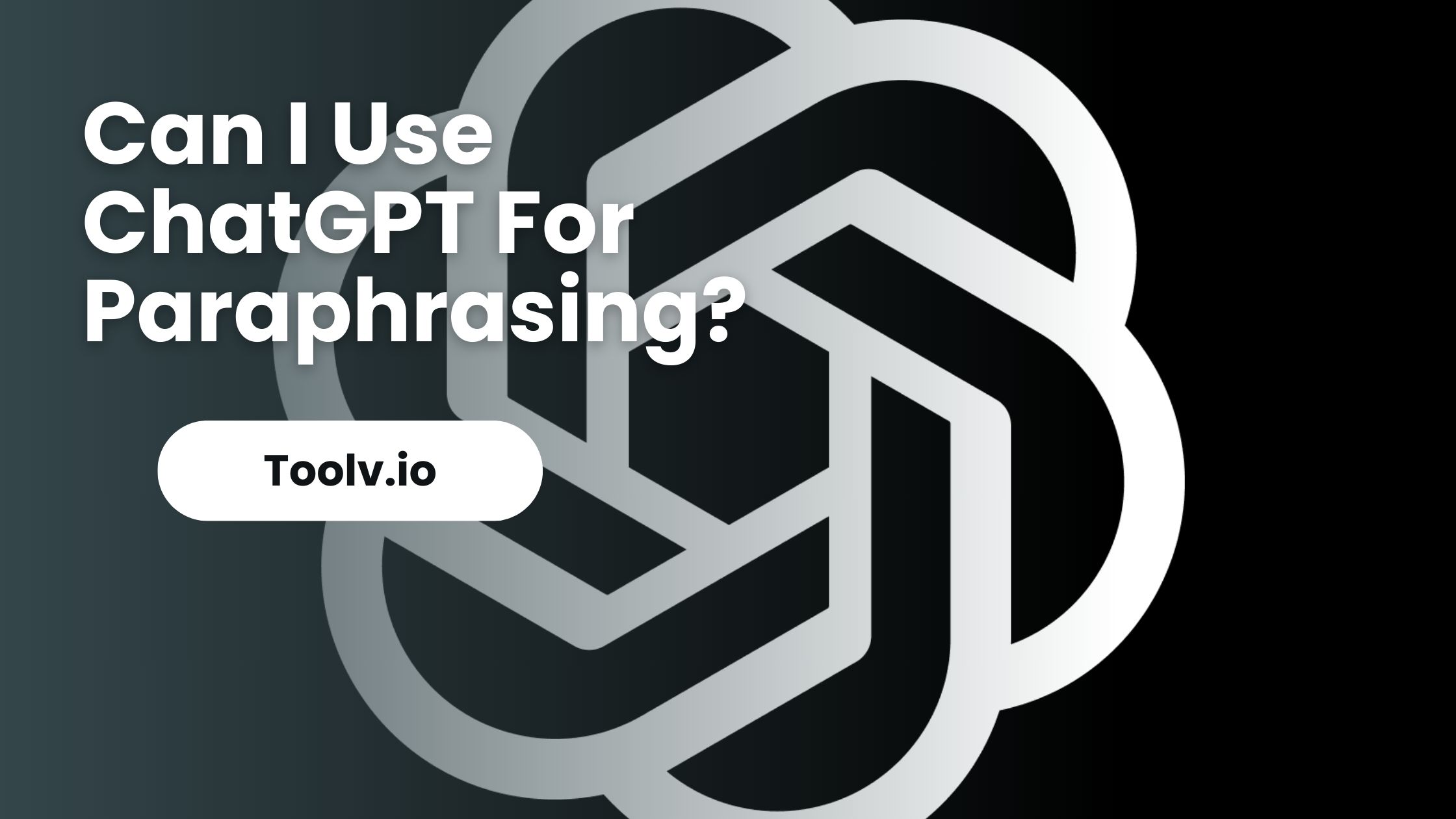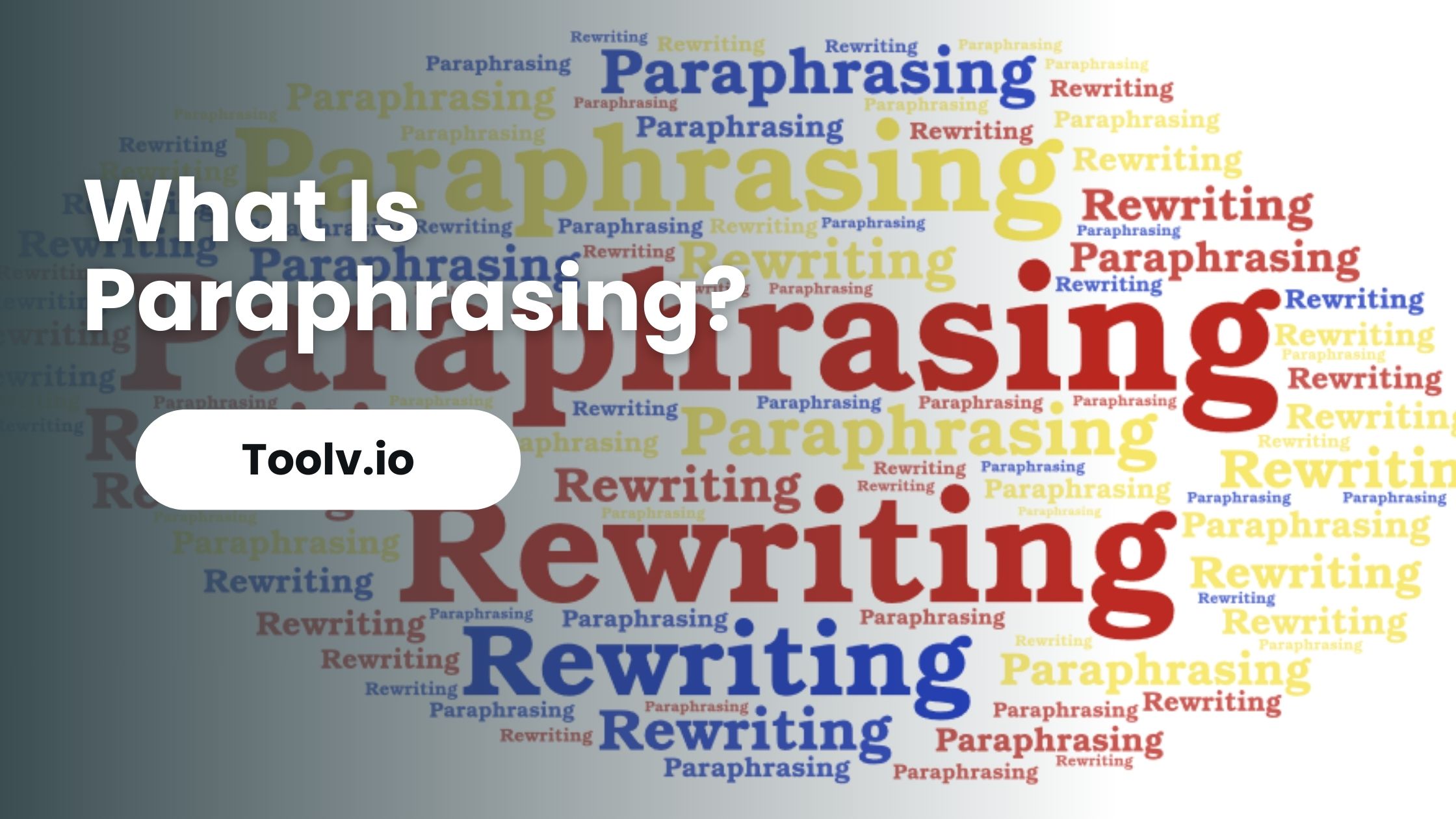Does Canvas Have AI Detection?
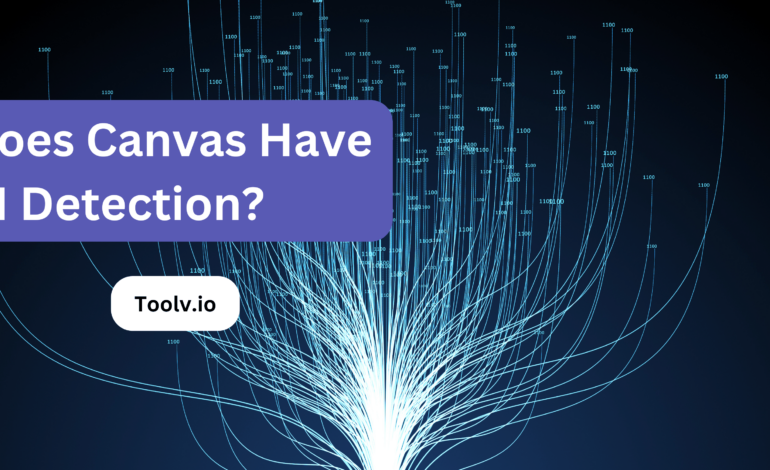
Canvas, an online learning platform, offers educators various tools, including assignment submission features. Recently, there’s been a buzz about whether Canvas can detect AI-generated content in student submissions.
In this article, we will discuss the capabilities of Canvas in identifying AI-generated text and how it affects the academic environment. We’ll explore the tools and methods involved in this process.
What is AI Detection?
AI Detection refers to the methods and technologies used to identify whether content, such as text, images, or videos, is generated by artificial intelligence (AI) rather than produced by humans. This is important in many fields, such as ensuring the authenticity of media, preventing misinformation, and maintaining content integrity. Here’s a brief overview:
- Identifying AI-Generated Text: Tools and algorithms analyze writing styles, patterns, and inconsistencies that are typical in AI-generated text, which might be more uniform or lack the nuanced understanding a human might show.
- Spotting AI-Created Images or Deepfakes: These methods focus on detecting irregularities in images or videos, like inconsistencies in lighting, odd background artifacts, or issues with how the subject blinks or breathes, which can suggest manipulation or artificial generation.
- Protecting Against Misinformation: AI Detection is crucial for identifying fake news or doctored content, helping platforms and users discern what’s real and what’s artificially generated, thus maintaining the credibility of the information we consume.
The field is rapidly evolving, with both the techniques for generating AI content and the methods for detecting it becoming more sophisticated.
Does Canvas Have Built-In AI Detection?
Canvas, the learning management system widely used in educational institutions, did not have a built-in AI detection feature specifically designed to identify AI-generated content like essays or assignments.
However, Canvas integrates with various third-party tools and plagiarism detection services, some of which may offer features to help identify AI-generated content. These plagiarism detection services primarily focus on identifying copied or unoriginal content by comparing submissions against a database of known sources.
While this can indirectly help in flagging content that might be AI-generated (especially if the AI-generated content is sourcing widely available text), it’s not the same as a dedicated AI detection system that specifically looks for the signs of text generated by AI models.
Educational institutions are increasingly aware of the implications of AI in academic integrity, so they might adopt more specialized tools for AI detection as this technology evolves and the need becomes more pronounced.
Third-Party Integrations and AI Detection
Third-party integrations play a crucial role in enhancing the capabilities of platforms like learning management systems (LMS) by adding specialized functionalities, including AI detection. Here’s how these integrations can contribute to AI detection:
Plagiarism Detection Tools
Many LMS platforms integrate with plagiarism detection services like Turnitin or Copyscape. These services traditionally check for copied or unoriginal content by comparing submissions to a vast database of existing sources.
While primarily designed to detect plagiarism, these tools can sometimes indirectly flag AI-generated content, especially if the AI has pulled information from sources within the tool’s database.
Specialized AI Detection Services
As AI-generated content becomes more common, new services specifically designed to detect AI-written text are emerging.
These services use various techniques to analyze writing style, consistency, and other markers that may indicate the content was generated by an AI. They can be integrated into LMS platforms to check student submissions.
Content Authentication Tools
Tools like these focus on verifying the authenticity of the content. They may use metadata analysis, image recognition technologies, or forensic techniques to identify whether content has been manipulated or generated by AI.
Custom Integration
Institutions with specific needs might opt for custom integration solutions. They can work with developers to integrate AI detection tools directly into their LMS or other systems, tailored to their particular requirements and concerns.
Integrating these tools into an LMS like Canvas can provide educators and administrators with a more robust set of resources to ensure academic integrity and address the challenges posed by the increasing prevalence of AI-generated content.
As this field is rapidly evolving, the effectiveness and sophistication of AI detection tools are likely to improve, offering more reliable detection and analysis capabilities.
The Future of AI Detection in Canvas
The future of AI detection in Canvas looks promising. Canvas is a platform where many people create and share content. AI can help find out if this content is original or not. This means teachers, students, and creators can be sure about the quality and honesty of the work.
AI tools are getting smarter. They can now understand text, images, and even the style of the content. In Canvas, this means AI can check assignments or designs quickly and accurately. This helps everyone trust the work they see and use.
So, AI detection in Canvas is all about making sure content is good and original. It’s about using smart tech to help everyone do their best in a simple and fair way.
FAQs
What is AI Detection in Canvas?
AI Detection in Canvas is a feature that uses artificial intelligence to identify and flag potential instances of academic dishonesty in online assignments and quizzes. It helps instructors by automatically scanning submitted work for plagiarism, unauthorized collaboration, or other cheating behaviors.
How Does AI Detection Work in Canvas?
Canvas AI Detection works by analyzing the content of student submissions and comparing it to a vast database of academic materials, including textbooks, articles, and previous student work. It looks for similarities and unusual patterns that might indicate cheating. If it finds a potential issue, it generates a report for instructors to review.
Is AI Detection Always Accurate?
While AI Detection in Canvas is a powerful tool, it’s not infallible. Sometimes, it may flag legitimate content as suspicious, and other times, it might miss instances of cheating. It’s essential for instructors to review the reports generated by the AI system carefully and use their judgment to make the final decision.
How Can Students Avoid AI Detection in Canvas?
Students should always ensure that their work is original and properly cited if they use external sources. Avoiding plagiarism and unauthorized collaboration is the best way to stay clear of AI Detection issues. If students have questions about what’s acceptable, they should reach out to their instructors for guidance.
Conclusion
Canvas doesn’t currently detect AI-generated content. This means assignments turned in through Canvas aren’t automatically checked for AI use.
However, the Toolv.io paraphrasing tool helps to reword text. This can make writing seem more unique, but it’s not a guarantee against AI detection methods that might be used elsewhere.

